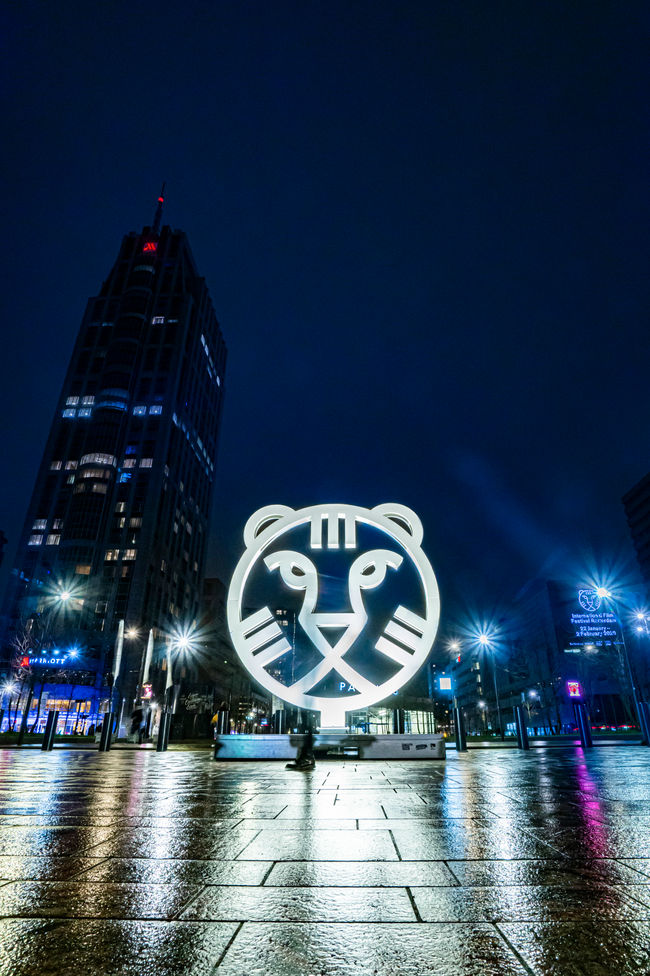A poem to the night
29 January 2020
he director has reached, in this stupendously dark comedy, the (sometimes literal) climax of this particular theme which started in his 2016 film The Death of Louis XIV, starring Jean-Pierre Léaud
Liberté (2019, Albert Serra) - Review
By Young Film Critic Jaime Grijalba
This time, it’s the turn of another veteran actor, Helmut Berger, playing a sickly power figure the Duc de Walchen, being convinced to export libertinage to Germany and the rest of Europe by exiled court members.
The film opens in an undisclosed location in the woods during the last hours of the afternoon, where various members of the Louis XVI court are hiding and trying to find new ways to go further into their sexual explorations. Working under the guidance of their libertine ideas, the film becomes a formal representation of the pleasure seekers’ ideology and ideas, which are mostly inspired by the works of Marquis de Sade.
There are some elements of the libertine behaviour that resonate today, particularly in terms of body positivity (bodies of all shapes and sizes can take part in the activities, everyone has a right to feel pleasure) and the lack of societal boundaries (servants and masters mingle with each other, exchanging roles). There’s also an acceptance of the sexual orientation of the participants, who seem to be mostly pansexual. In that forest on the outskirts, anything goes.
With an accurate depiction of the libertine behaviour, the more amoral and negative inclinations also come forward. The dark ambience, given by the night sky and the thickness of the forest locale evokes the eternal relation between pleasure and pain, love and death. Not everyone who’s part of that night’s activities is exactly willing, as libertinage is more of a mandate than a hobby. There are inherent violence and misogyny, and an overall sensation that although vehicles for pleasure, bodies are essentially disposable.
As the night goes on, the interactions between the many characters become increasingly random and extreme. The film becomes a catalogue of depravities, which includes whipping, hanging, descriptions of bestiality and the infamous “golden shower” (as described by the director himself). All of these sequences are shot using the darkness and a multitude of elements inside the frame to give it a dense quality. This creates an atmosphere of heaviness that permeates to the viewer.
Albert Serra has always been labelled as a provocateur of sorts, often paired with other filmmakers that have broken boundaries of what can and can’t be shown in a narrative film. In Liberté, one can find certain sequences that can be shocking, but this isn’t necessarily uncharted territory (filmmakers like Gaspar Noé, Harmony Korine and others come to mind), but Serra is doing something different.
Provoking the audience, making them outraged, uncomfortable or queasy with what they’re seeing isn’t Serra’s goal. One feels that the audience’s attention isn’t exactly directed at the filmmaker that’s “daring” to film these acts, but rather to the audience itself and their reactions. What will they experience? Arousal? Disgust? Interest? Does their body itch, react in any way? He constantly addresses the audience’s voyeur quality, and in a way Liberté can both be a treatise on the act of watching – cinema itself and the audience’s interaction with art.
When at one point the eros disappears and tanathos becomes the driving force of a couple of scenes, the audience will be tempted to react surprised, even if that tension was there from the beginning. The libertine amorality is so accurately portrayed here that people might just accept the most heinous acts of sexual depravity but still react horrified when confronted with deadly violence. Seeking those moments of controversy are all part of Albert Serra’s drive; his constant experimentation and questioning of the audience.







